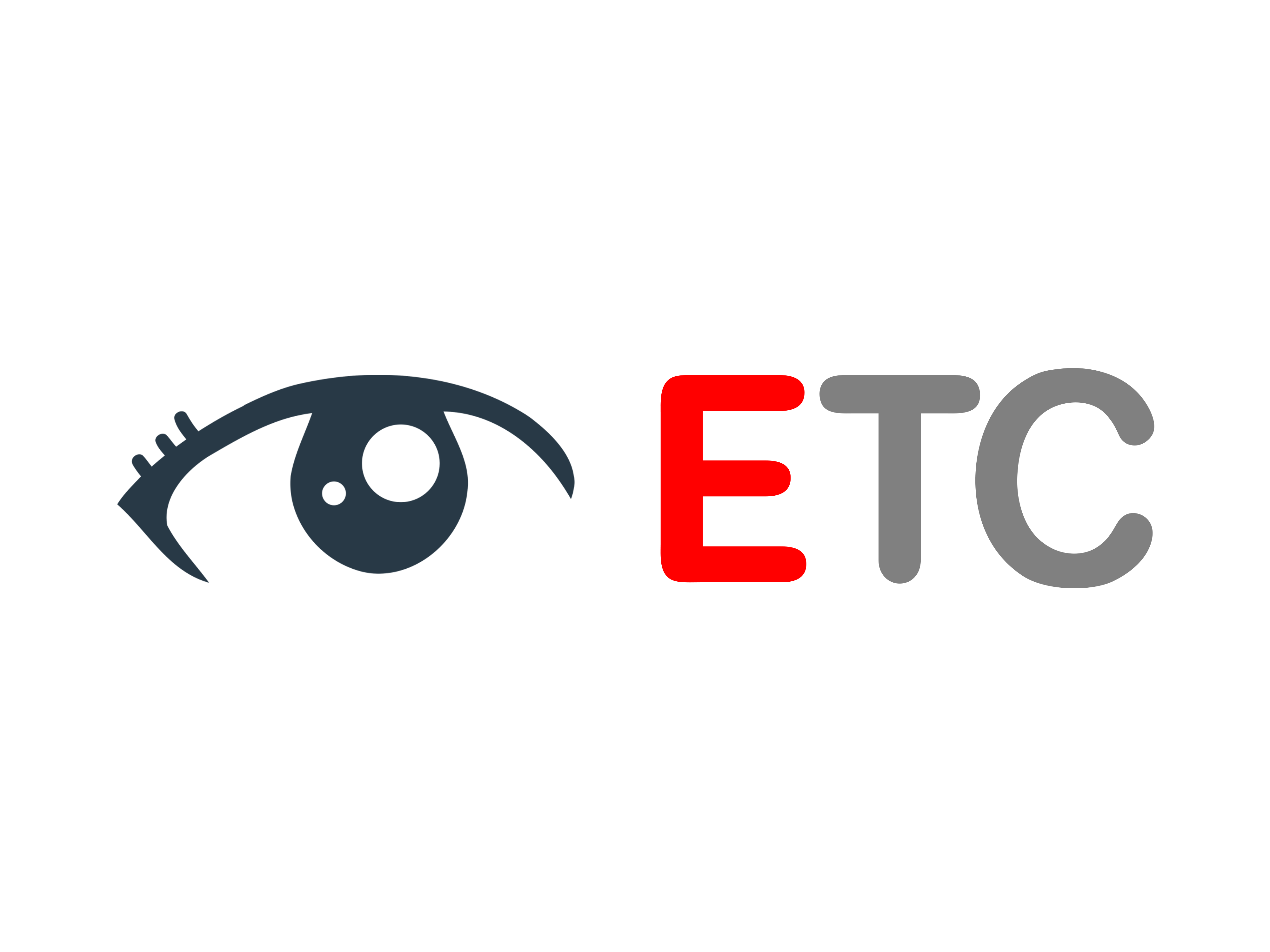You’re one to three years into your professional career as an analyst—whether in consulting, finance, operations, or corporate strategy. You’re competent, maybe even excellent at your current work. But you’ve noticed something unsettling: the senior leaders making strategic decisions don’t seem that much smarter than you. They just operate differently.
They see patterns you miss. They ask questions you don’t think to ask. They connect dots across functions that seem obvious only after they point them out. You want to develop this capability, and you’ve been told an MBA is the answer.
Here’s the truth: an MBA can provide this transformation, but waiting two years to apply, spending another two years in school, and emerging four years from now with six-figure debt is the slowest, most expensive path to get there.
The Analyst’s Hidden Advantage
As an analyst, you have an asset that business school students desperately seek: you’re embedded in real business operations, working on actual strategic challenges, with immediate access to data, decisions, and outcomes. You see what works and what doesn’t in real-time, not through sanitized case studies.
The problem? You’re seeing these patterns but not yet equipped with the frameworks to understand them systematically. You’re collecting valuable experience but lacking the mental models to extract maximum learning from it.
This is exactly where GURU MBA transforms high-potential analysts into future leaders—not by taking you out of the learning laboratory, but by giving you the frameworks to extract exponentially more value from the experience you’re already gaining.
The 3-Year Transformation Blueprint
Year 1: Foundation Building (Months 1-12)
Your first year as an analyst is drinking from a fire hose. You’re learning industry specifics, company operations, and professional basics. Add GURU MBA strategically:
Months 1-3 – Strategic Thinking Foundation: Complete GURU MBA’s Strategic Thinking Framework and KPI Pyramid Design modules. These give you the vocabulary and mental models to understand why senior leaders make certain decisions. When your VP discusses market positioning, you’ll understand the Porter’s Five Forces analysis underlying the conversation.
Months 4-6 – Financial Fluency: Master GURU MBA’s Financial Health Scanner and Financial Projections modules. Every company discussion suddenly becomes clearer when you can quickly calculate whether a strategic initiative actually makes financial sense.
Months 7-9 – Operational Excellence: Work through Process Optimization and Cost Optimization modules. Apply these frameworks to your daily work. That expense report you’re filing? Now you see it as data for cost structure analysis. That project delay? Now you recognize it as a process bottleneck you can solve.
Months 10-12 – Communication Mastery: Complete Storytelling with Data and Stakeholder Management modules. Transform from an analyst who presents findings to one who influences decisions. Your year-end review will reflect this evolution.
Year 1 Result: While your peers are simply executing assigned tasks, you’re demonstrating strategic thinking. You’re not just presenting analyses—you’re making recommendations grounded in business frameworks that senior leaders recognize and respect.
Year 2: Application & Recognition (Months 13-24)
This is where GURU MBA training compounds dramatically. You’re no longer learning frameworks in isolation—you’re applying integrated business thinking to increasingly complex challenges.
Months 13-15 – Business Strategy Integration: Complete Market Benchmarking and Competitive Analysis modules. Volunteer for projects that require strategic analysis. Apply the frameworks immediately. Your insights will stand out because they’re structured using methodologies from top business schools and consulting firms.
Months 16-18 – Customer & Market Expertise: Master Customer Experience and Market Entry Strategy modules. Seek projects involving customer insights or market expansion. You’ll approach these with frameworks that separate junior analysts from future leaders.
Months 19-21 – Innovation & Technology: Complete Digital Transformation and Innovation Management modules. Position yourself as the person who understands how technology enables business strategy. This combination of analytical skills plus strategic business thinking makes you indispensable.
Months 22-24 – Leadership Preparation: Work through Leadership Development and Organizational Behavior modules. Start demonstrating team leadership on smaller projects. Show you can not only analyze but also influence, motivate, and lead.
Year 2 Result: You’re getting promoted ahead of your cohort. While others are doing excellent analytical work, you’re demonstrating business judgment that typically requires MBA training. You’re invited to strategy meetings. Leaders seek your input. You’re no longer just an analyst—you’re becoming a trusted strategic advisor.
Year 3: Strategic Leadership (Months 25-36)
This is your breakout year. Everything you’ve learned through GURU MBA now integrates into comprehensive business acumen.
Months 25-27 – Strategic Initiatives: Lead a significant strategic project from start to finish. Use GURU MBA’s Business Plan Generator and Strategy Canvas frameworks to structure your approach. Present to senior leadership with confidence grounded in rigorous methodology.
Months 28-30 – Cross-Functional Leadership: Take on projects requiring coordination across departments. Apply Organization Design and Change Management frameworks. Demonstrate you can operate at the intersection of strategy, operations, and execution.
Months 31-33 – Advanced Business Modeling: Complete Valuation Expert and Advanced Financial Modeling modules. Position yourself for roles involving M&A, corporate development, or strategic finance. You’re now operating at a level most early-career professionals don’t reach without MBA training.
Months 34-36 – Career Positioning: Build your professional portfolio documenting strategic projects you’ve led, business frameworks you’ve applied, and measurable impact you’ve created. You’re not preparing for MBA applications—you’re preparing for career opportunities that typically require MBAs.
Year 3 Result: You’re being recruited for positions typically reserved for MBA graduates. You’re interviewing for strategy roles, senior analyst positions, and leadership-track opportunities. Your compensation reflects your advanced capabilities. You’re three years ahead of peers who are just now applying to traditional MBA programs.
The Competitive Advantage Analysis
Traditional Path:
-
Year 1-2: Work as an analyst
-
Year 3: Apply to MBA programs, study for GMAT
-
Year 4-5: Attend business school
-
Year 6: Enter workforce at post-MBA level
-
Total time to strategic leadership: 6 years
-
Total cost: $250K+ in tuition, $400K+ in lost income
GURU MBA Path:
-
Year 1: Work as analyst + complete GURU MBA foundations
-
Year 2: Apply frameworks, demonstrate impact, get promoted
-
Year 3: Lead strategic initiatives, position for leadership roles
-
Total time to strategic leadership: 3 years
-
Total cost: <$10K for GURU MBA, $0 lost income
The Skills That Matter Most
Traditional MBAs teach important concepts, but they’re optimized for classroom learning, not career acceleration. GURU MBA focuses exclusively on what drives analyst-to-leader transitions:
Strategic Thinking: You’ll learn to see business challenges from multiple angles, understand interdependencies, and make recommendations that account for complexity.
Financial Analysis: You’ll gain CFO-level financial fluency—understanding how strategic decisions translate to financial outcomes.
Leadership Presence: You’ll develop the communication, stakeholder management, and influence skills that make others want to follow your recommendations.
Execution Excellence: You’ll master the operations, project management, and implementation frameworks that turn strategy into results.
Your Immediate Action Steps
This Week:
-
Enroll in GURU MBA and complete the Strategic Thinking Framework module
-
Identify one current project where you can apply strategic frameworks
-
Schedule time for 5-7 hours of weekly learning
This Month:
-
Complete Financial Health Scanner and KPI Pyramid modules
-
Document one strategic insight you developed using GURU MBA frameworks
-
Share that insight with your manager or team
This Quarter:
-
Finish all Year 1 foundation modules
-
Volunteer for a strategic project that lets you apply your learning
-
Build the first entry in your professional portfolio
This Year:
-
Demonstrate consistent strategic thinking in your analyses
-
Get recognized for business acumen beyond your experience level
-
Position yourself for early promotion or advanced opportunities

